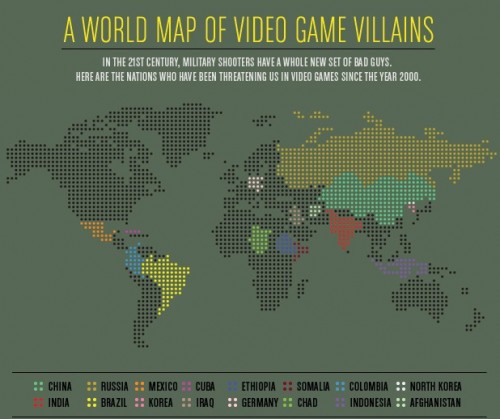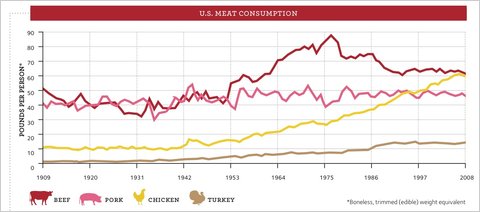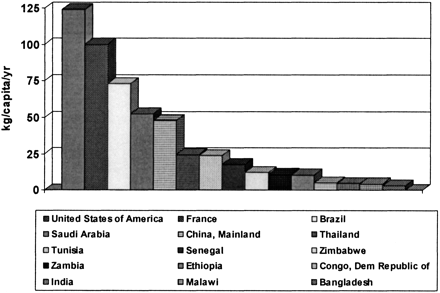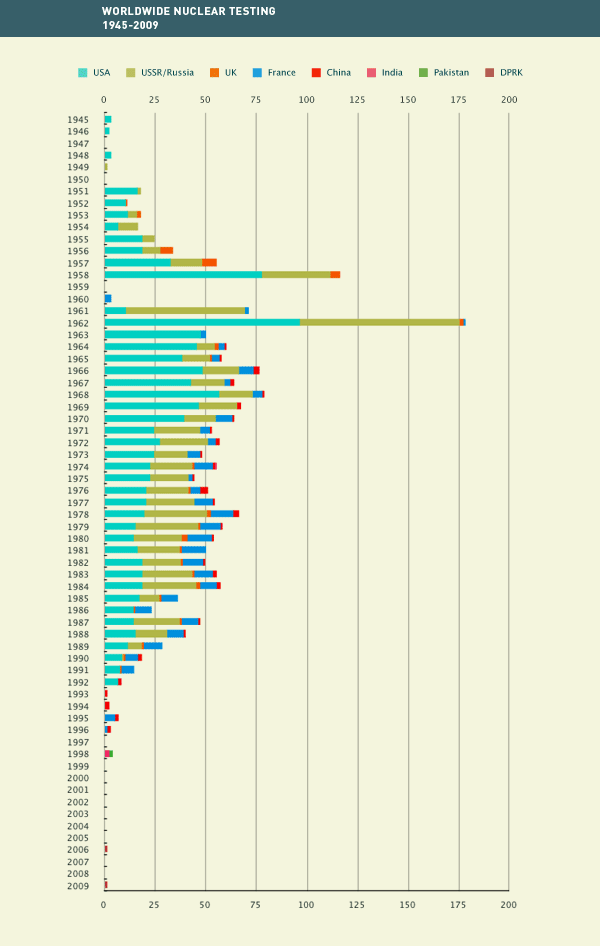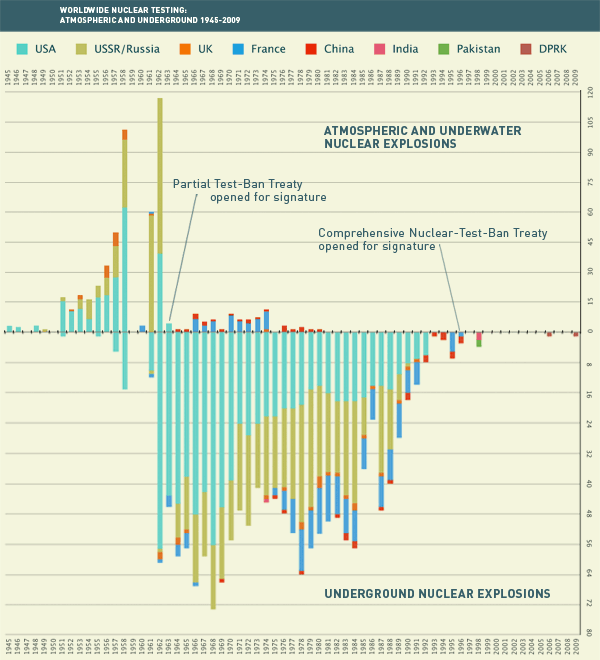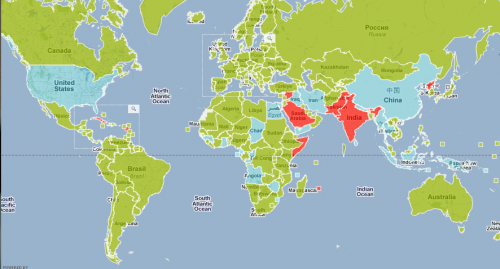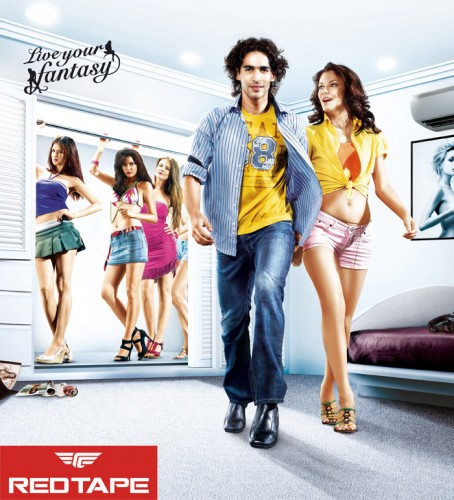Katrin sent us a link to a image at GOOD that illustrates the geopolitics of first-person shooter video games. The image was created by a group at Complex to illustrate the way that the changing actual political landscape can be seen in the nationality of villains in video games. Peter Rubin, of Complex, explains, “Gone are the days of all FPSes being either World War II or sci-fi; in the new milennium, developers are on the hunt for enemies that are speculative but still plausible.”
They looked at 20 FPS games from the past decade (unfortunately, they give no details about how those 20 games were chosen
The selected titles:
Return to Castle Wolfenstein (2001): Germany
Tom Clancy’s Ghost Recon: Desert Siege (2002): Ethiopia
Tom Clancy’s Ghost Recon: Island Thunder (2003): Cuba
Delta Force: Black Hawk Down (2003): Somalia
Tom Clancy’s Ghost Recon: Jungle Storm (2004): Colombia
Tom Clancy’s Ghost Recon 2 (2004): North Korea
Joint Operations: Typhoon Rising (2004): Indonesia
Tom Clancy’s Ghost Recon 2: Summit Strike (2005): Afghanistan
Delta Force Xtreme (2005): Chad
Tom Clancy’s Ghost Recon: Advanced Warfighter (2006): Mexico
Call of Duty 4: Modern Warfare (2007): Russia/Afghanistan
Army of Two (2008): Somalia/Afghanistan/China/Iraq
Frontlines: Fuel of War (2008): Russia/China
Call of Duty: Modern Warfare 2 (2009): Russia/Afghanistan/Brazil
Operation Flashpoint: Dragon Rising (2009): China/Russia
Singularity (2010): Russia
MAG (2010): Russia/China/India
Army of Two: The 40th Day (2010): China
Homefront (2011): Korea (They don’t specify if it’s North or South Korea)
Operation Flashpoint: Red River (2011): China
Anyway, it provides a nice little illustration of the way that global politics seeps into this element of pop culture, as well as a snapshot of nations currently perceived as rivals or even enemies of the U.S. — a mixture of old tensions (Russia, Germany), ongoing anxiety about China, and emerging focal points.

